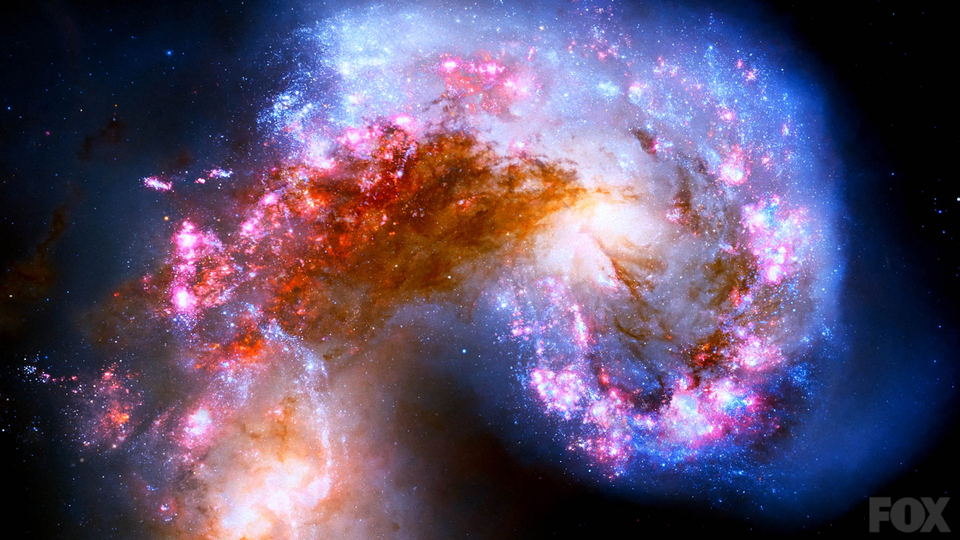Here are a few ways to bring this conversation into the spotlight:
- Share this video!
- When space comes up in conversation, mention how pathetic it is that we spend many times more money subsidizing the already-booming oil industry than we do maintaining our slipping hold on leadership in space exploration.
- Point out that NASA's budget is 40 times smaller than the military's budget. Build rockets, not bombs!
- Mention that we will very soon (after 2017) have ZERO functioning spacecraft exploring the outer planets, some of which have moons that could potentially harbor life. The reason? These planets are far away and more costly to reach. That's like hearing there might be treasure buried in your backyard and complaining about how far it is from the couch.
- "We should solve our problems here on Earth before we go mucking around in space." Sigh... You are bound to hear this. It's pretty easy to just point out that we already spend 100 times more on social programs to solve problems down here, and that we spend about as much per year on the military (which the kind of person using this excuse might say is spending money on making problems) as we have on all NASA programs in history combined.
Don't stop there, though! Ask about candidates' positions on the state of funding for space exploration when they're on the campaign trail. If you can get someone to comment on it publicly, their opponents may be forced to join in. Don't give up. It's hard to get the Leviathan moving, but once it's gained momentum we can do great things: See Apollo Program, ISS, Hubble, Cassini, Voyager, Curiosity, and on and on.



